Warren noted that he rarely used the Widgets panel or Microsoft Teams, citing that he preferred the weather display that later versions of Windows 10 offered, and didn't use Teams to communicate with his friends and family. He also acknowledged the expansion of Microsoft Store to include more "traditional" desktop applications. If your existing Windows 10 PC is running Windows 10 20H1 or later and meets the minimum hardware specificationsit will be able to upgrade to Windows 11. The upgrade rollout plan is still being finalized, but for most devices already in use today, we expect it to be ready sometime in early 2022. Not all Windows 10 PCs that are eligible to upgrade will be offered to upgrade at the same time.
Windows 11 From Windows 10 Pro To see if your PC is eligible to upgrade, refer to our knowledge base for a list of tested systems. Once the upgrade rollout has started, you can check if it is ready for your device by going to Settings/Windows Updates. Similar to how end users are notified when updates are available in Windows 10, end users will see an indication in the notification areas of the taskbar in the bottom right, that the upgrade is available. More information on how that is presented will be available at a later date. Additional desktop notification options may be also be added at a later date.
Cunningham concluded that "as I've dug into and learned its ins and outs for this review, I've warmed to it more", but argued that the OS was facing similar "public perception" issues to Windows Vista and Windows 8. Windows 11 brings a number of enhancements to Windows users, including a new look, multitasking enhancements, improved gaming performance, Android app support, and more. Aesthetically, it will have a new, frosted glass look, and a reworked start menu, now known as the Dock, optimized for touch input on the latest devices. Users will be able to rearrange windows into new arrangements, like a 4x4 grid, using Snap Layouts that can then be saved into Snap Groups and recalled later. The desktop will also be enhanced with the addition of Windows Widgets, an AI-driven feed of updates based on your interests and daily tasks, including daily calendar updates, traffic, weather, sports, and more.
A redesigned user interface is present frequently throughout the operating system, building upon Fluent Design System; translucency, shadows, a new color palette, and rounded geometry are prevalent throughout the UI. In October 2019, Microsoft announced "Windows 10X", a future edition of Windows 10 designed exclusively for dual-touchscreen devices such as the then-upcoming Surface Neo. Legacy Windows applications would also be required to run in "containers" to ensure performance and power optimization. Microsoft stated that it planned to release Windows 10X devices by the end of 2020.
Internet Explorer has been replaced by the Chromium-based Microsoft Edge as the default web browser, and Microsoft Teams is integrated into the Windows shell. Microsoft also announced plans to allow more flexibility in software that can be distributed via Microsoft Store, and to support Android apps on Windows 11 . The taskbar's buttons are center-aligned by default, and it is permanently pinned to the bottom edge of the screen; it cannot be moved to the top, left, or right edges of the screen as in previous versions of Windows.
The "Widgets" button on the taskbar displays a panel with Microsoft Start, a news aggregator with personalized stories and content (expanding upon the "news and interests" panel introduced in later builds of Windows 10). Microsoft Teams is similarly integrated with the taskbar, with a pop-up showing a list of recent conversations. Windows 11, unfortunately, ditches a couple of its best tablet- and touch-friendly features. Most importantly, you can no longer swipe in from the left to open the task-switching view, a gesture I use all the time on my Surface Go tablet. You can no longer swipe down from the top to close an app, either.
This omission is less of a big deal because you can still hit the X in the window's upper right corner as you'd do in desktop mode. Again, though, for a handheld device, the down-swipe is more direct and requires less dexterity. There are, however, new three-finger swipe gestures to show the Task View and to minimize and app on the desktop. A sideways three-finger swipe switches you between running apps.
And you can, of course, use the Task View button in the Taskbar, but that's not as immediate as a swipe of the thumb. I'd argue that switching tasks is more important to tablet users than accessing Widgets, the new result of that gesture, too. Windows 11 SE was announced on November 9, 2021, as an edition exclusively for low-end devices sold in the education market, and a successor to Windows 10 S. It is bundled with applications such as Microsoft Office for Microsoft 365, Minecraft Education Edition, and Flipgrid, while OneDrive is used to save files by default. Windows 11 SE does not include Microsoft Store; third-party software is provisioned or installed by administrators. Minor complaints aside, we like to see Microsoft giving its marquee software some attention.
For the last few years, the company has focused more on its Azure cloud computing services—justifiably given that business's profitability. Windows 11 brings slick new looks, useful new tools, updated default apps, extra capabilities, and performance advances. Perhaps that's enough to lure away some Chrome OS users or Mac users. Regardless, it's still early days for the desktop OS that's used on 1.3 billion PCs, so we look forward to Microsoft fine-tuning and perfecting Windows 11's design in future updates.
Windows 11 requires modern hardware to run, but if your PC has a CPU released in the last 3-4 years, you're probably in luck. To provide enhanced security to its users, Microsoft is requiring all PCs to feature a specialized chip called a Trusted Platform Module, or TPM, of at least version 2.0. This chip is found in most modern CPUs and also many motherboards. Computers built before 2017 may not be compatible, however, so it's important to take a close look at the minimum system requirements before opting into an upgrade.
Microsoft has temporarily disabled its PC Health Check tool to update it for the Windows 11 release, but it promises to advise you of any compatibility issues you may be facing ahead of the upgrade. For productivity, the operating system will now feature native Microsoft Teams integration. Microsoft says this will make it easier to connect with friends and colleagues across devices by adding Teams functionality right into the start menu and taskbar.
If you use Windows on a laptop with an external display, Windows 11 will also remember the position of windows on that screen when disconnected and will restore them once it's plugged back in. In January 2021, it was reported that a job listing referring to a "sweeping visual rejuvenation of Windows" had been posted by Microsoft. A visual refresh for Windows, developed under the codename "Sun Valley", was reportedly set to re-design the system's user interface. Based on this comparison table, you can see that Windows 11 is more hardware-hungry. Bear in mind that these are minimum system requirements to install these Operating Systems. File Explorer is a good example of Windows 11's new look, particularly its updated left panel controls and folder icons.
Note the simplified ribbon along the top, which is far less busy and distracting than the previous File Explorer's. The New button at the top left works for new folders or documents supported by your apps, and the same viewing options for files are available. The overflow menu offers file compression, selection, and Properties options, as well as the old Folder Options dialog.
The right-click context menus, which have grown longer and longer over the years, get shorter, smarter, and clearer in Windows 11. Unless you crave the cutting edge, it's okay to wait on upgrading for now. Windows updates are exciting and it can be tempting to be on the ground floor for any major technology release. Bugs can happen, sometimes big ones that can leave you rolling back to a previous operating system version. More frequently, you'll find that certain features just aren't finished yet and the experience isn't as polished as it will eventually become. You'll be one of the first to experience those exciting new features but it often demands more patience as they continue to be developed.
Users can still access services like YouTube and Spotify; they just have to use them through their browser versions. With many common apps and services offering browser-based options, this should give most users a Chromebook-like experience. That may well be what Microsoft is doing here, using Office and a set of curated apps to make Windows 11 SE devices a Chromebook+ option for schools, where traditional software supplements newer web options.
Original equipment manufacturers can still ship computers without a TPM 2.0 coprocessor upon Microsoft's approval. Some third-party software may refuse to run on unsupported configurations of Windows 11. At least 16GB of RAM The basic system requirements of Windows 11 differ significantly from Windows 10. Windows 11 only supports 64-bit systems such as those using an x86-64 or ARM64 processor; IA-32 processors are no longer supported. Thus, Windows 11 is the first ever consumer version of Windows not to support 32-bit processors and 16-bit software .
The minimum RAM and storage requirements were also increased; Windows 11 now requires at least 4GB of RAM and 64GB of storage. The compatibility list includes the Intel Core i7-7820HQ, a seventh-generation processor used by the Surface Studio 2, although only on devices that shipped with DCH-based drivers. As part of the minimum system requirements, Windows 11 only runs on devices with a Trusted Platform Module 2.0 security coprocessor. According to Microsoft, the TPM 2.0 coprocessor is a "critical building block" for protection against firmware and hardware attacks. In addition, Microsoft now requires devices with Windows 11 to include virtualization-based security , hypervisor-protected code integrity , and Secure Boot built-in and enabled by default. The operating system also features hardware-enforced stack protection for supported Intel and AMD processors for protection against zero-day exploits.
As I mentioned earlier, these recommended requirements are the minimum computer hardware specs you need to use the Operating Systems. I learned this the hard way when I installed Windows 11 on a VMWare virtual PC with 4GB of RAM. However, it would be too early to comment on under-the-hood changes like app load times, performance improvements, support for new technologies, and more. While my experience of the leaked build on a VM was chaotic, the insider preview on my main machine has been running well so far. Of course, there are some problems like the laggy settings app and several glitches, I can still finish my work on time. So even if you want to upgrade, you'll need to check Microsoft's PC Health Check app to see if your PC will even support Windows 11.
You may need to enable TPM 2.0 from your PC's BIOS settings to get Secure Boot working, or perhaps even switch how Windows is installed on your storage if you manually installed the OS. The hardware requirements have changed a lot here, but the PC Health Check app should guide you on anything that needs addressing. Pinned app buttons (they're larger than icons but smaller than Windows 10's tiles) are at the top of its panel. Recent and frequent apps and documents are in a section below them. The Start menu's new mini-tiles are still good for touch input, but you lose info that live tiles offer, annoying as those could sometimes be. Another quibble I have with the new Start menu is that it's harder to get to the All Apps view than in Windows 10.
With that version of Windows, you can see all installed apps as soon as you open the Start menu; they're in a list on the left while tiles for your pinned apps are on the right. Anyone with one of the newer chips should have no trouble installing Windows 11 via Windows Update. Microsoft made a downloadable ISO disk image file for the beta Insider version available for installing Windows 11, allowing in-place upgrades or clean installations on a PC or in a virtual machine. A similar installation option is now available for the release version of Windows 11 via the Microsoft's Download Windows 11 page.
Some sources have reported that installing the OS with the ISO installer bypasses the system's hardware requirements, but that's not advisable as you may not get future OS updates if you install it on unsupported hardware. These are the core differences in Windows 11 Home vs Pro editions. As we've mentioned, most of them revolve around features meant for business users.
Some are designed to protect especially sensitive information, while others have to do with quickly setting up devices for users and managing them remotely. For the average person walking into a store, you're probably going to be just fine with Windows 11 Home. The odds are if you need Windows 11 Pro, you already know you need it and why. That said, if you're feeling adventurous or wait until Microsoft officially releases Windows 11 to the public, this new OS has a lot of interesting features that are poised to genuinely change your computing experience.
Snap Layouts should offer better multitasking support, especially on large or ultrawide monitors. DirectStorage can offer big reductions to load times for gamers. Android app support opens a whole new app ecosystem up to Windows users. Only time will tell if Windows 11 proves to be as popular as Windows 10, but it seems like Microsoft is providing compelling reasons to sign up for the update when the time is right for you. If your computer meets the minimum requirements to run Windows 11, you can sign up for the Windows Insider Program today and download the update today.
If you'd rather wait for the official release, which will also be free for eligible Windows 10 users, the only thing to do at this point is wait. Once it's available, you'll either be able to download directly through the Windows Update tool or as a standalone download from Microsoft. As we mention above, if you do decide to try the preview version, be sure to back up your computer and prepare to encounter a few bugs in this early release. Windows 11 is available in two main editions; the Home edition, which is intended for consumer users, and the Pro edition, which contains additional networking and security features , as well as the ability to join a domain. Windows 11 Home may be restricted by default to verified software obtained from Microsoft Store ("S Mode").
Windows 11 Home requires an internet connection and a Microsoft account in order to complete first-time setup. This is a significant change, but it's just the tip of the iceberg. Rather than having an endless app list, the new Start Menu displays the user's most recent files and pinned apps. Now, you no longer have to struggle to search for the apps and files you access the most. I've been running Windows 11 on my laptop and I enjoy the experience there, but on my desktop with three monitors, I'm holding off on upgrading.
The way I use my laptop is very different from my desktop PC, so Windows 11 fits just fine in my lap. I regularly use full-screen apps and games on my main PC, so not being able to see the time and date across multiple monitors is annoying. Coupled with the taskbar changes that prevent drag and drop, I feel less productive using Windows 11 on my main PC.
For tablet users, Snap Assist will now intelligently snap apps above and below when using a device in portrait mode, a behavior that was missing in prior versions of Windows. Microsoft has also updated the switching orientation animation so that it's much more fluid, and also remembers where your apps were positioned when switching between landscape and portrait mode. The issue for me is that the Start menu has heretofore always been in the exact same place.
Now, however, if you run more programs, it moves a bit more to the left. Not having to think at all about the Start button's position was a plus in Windows versions going back more than 20 years. Happily, a Taskbar alignment option lets you move the Start button back to its rightful position in the left corner. If the Microsoft Surface family of products isn't your style though, other brands like Dell, Asus and HP have all released pages online that specify what devices are Windows 11 ready. Note that many won't come with the new operating system installed, but as they all meet the minimum system requirements, you can simply buy the laptop or 2-in-1 as normal and then update it yourself. Windows Widgets are back in Windows 11, accessible via the dock, with Microsoft touting AI-powered dynamic features that enable widgets, as with the Start menu, to change depending on the apps you're using and the time of day.
On the touchscreen, you can slide from the left on the desktop to have widgets appear. Even the newly-released AutoHDR feature is available on both Windows 11 Home and Pro editions. So it's safe to say that neither of the editions will disappoint you in terms of gaming performance.
That said, Windows 11 Pro offers you a larger ceiling for hardware expansion. It supports up to 2 CPU sockets, 128 cores, and up to 2TB of RAM, whereas Windows 11 Home supports 1 CPU socket, 64 cores, and up to 128GB of RAM. Simply put, Windows 11 Home is more than enough for most users, even for hardcore gamers. Windows 11 is the latest operating system from Microsoft and will likely become the next major OS across the board.
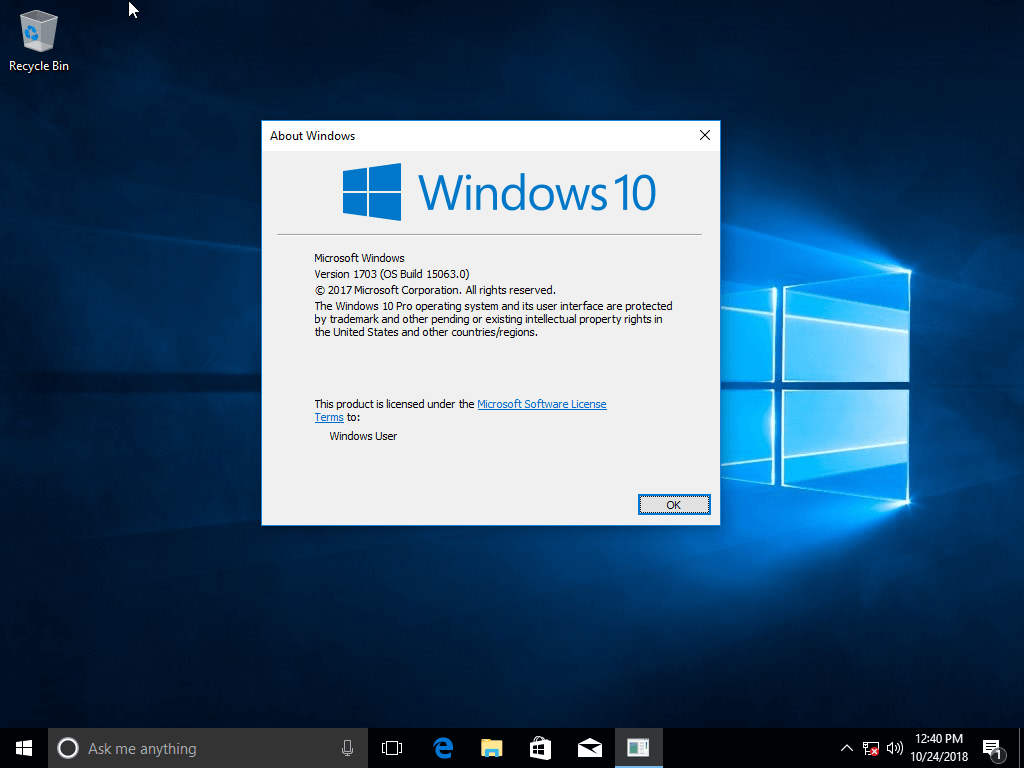



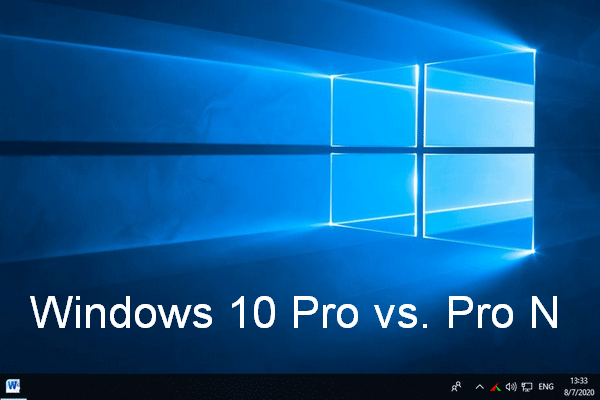






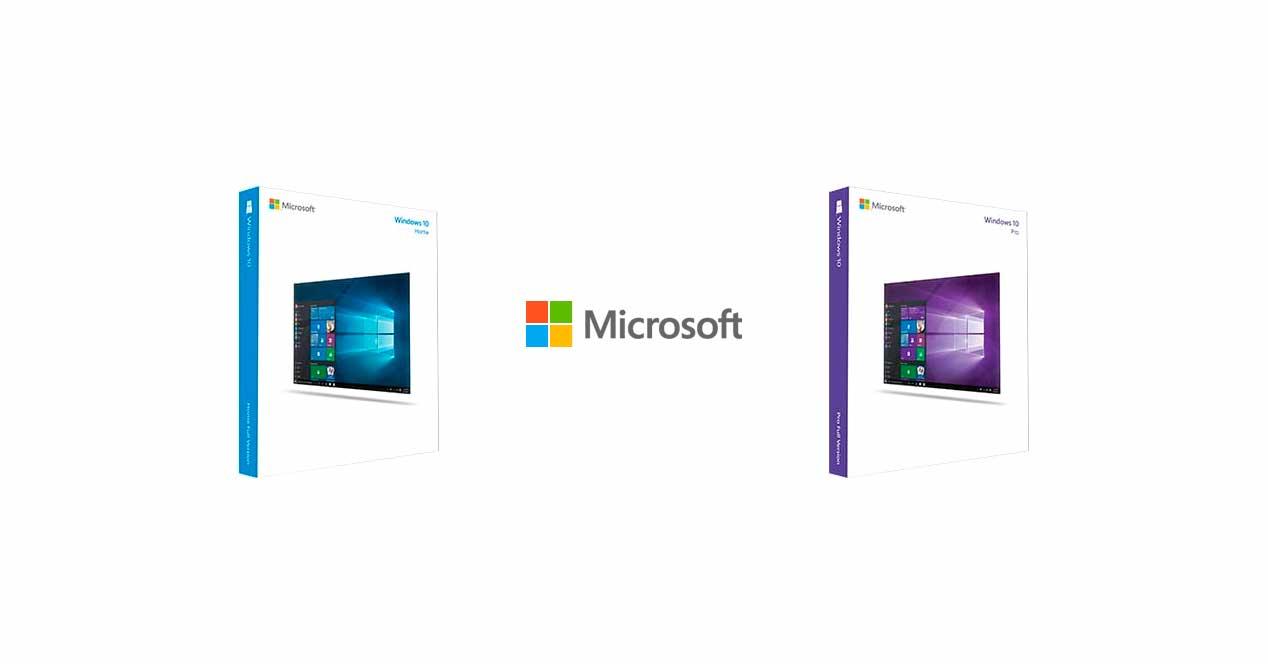


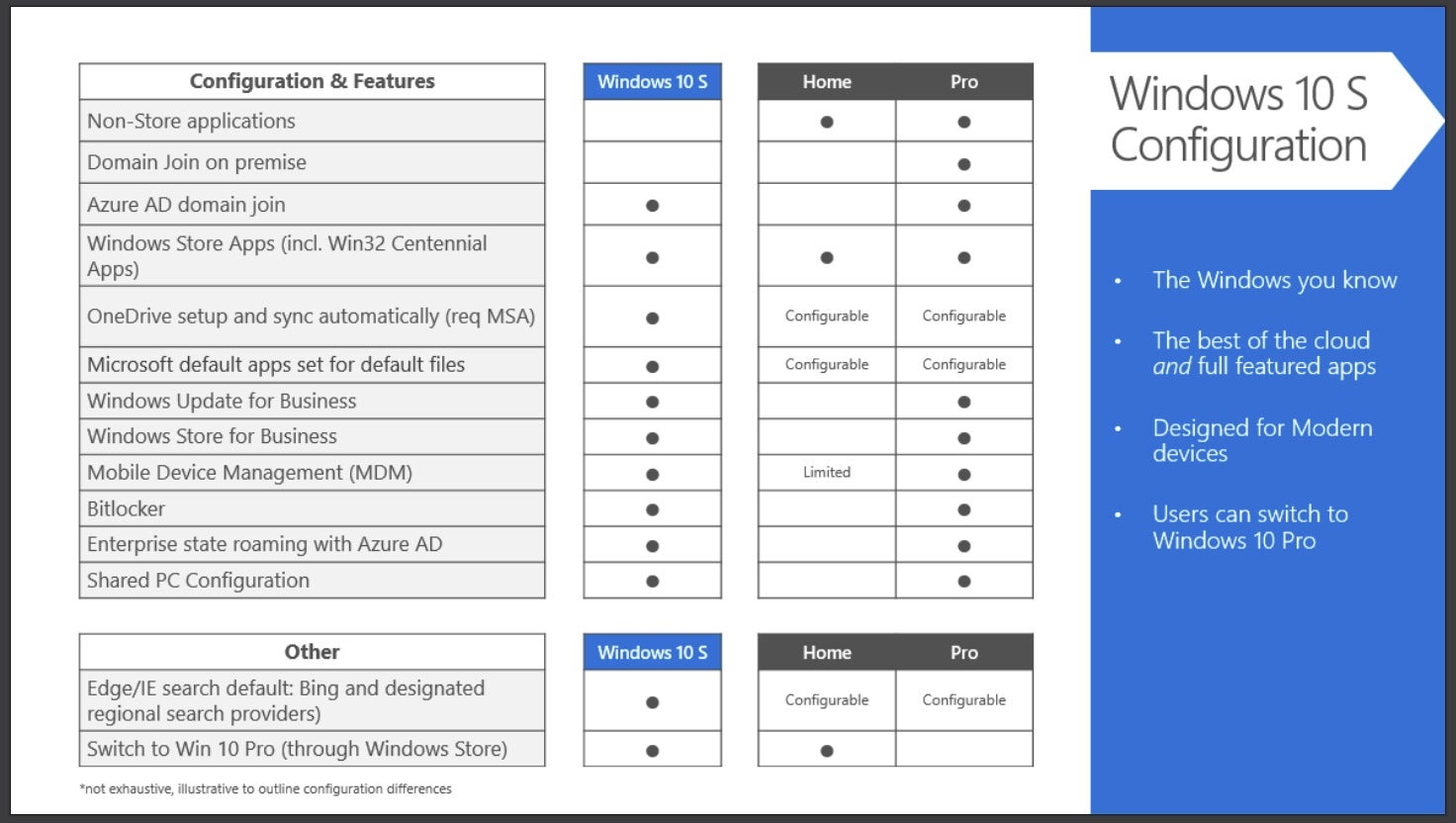
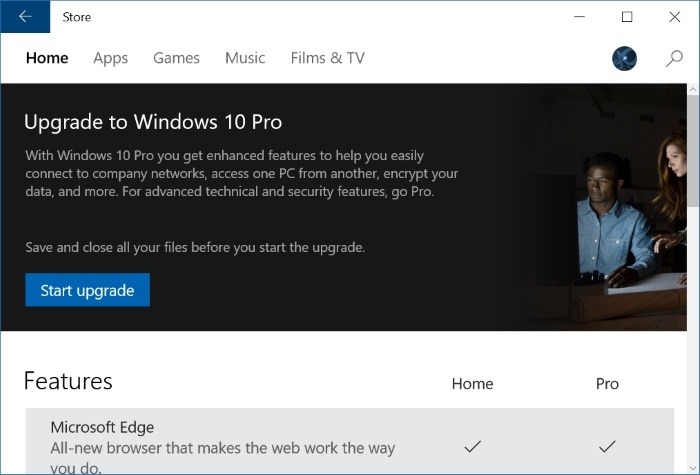









No comments:
Post a Comment
Note: Only a member of this blog may post a comment.